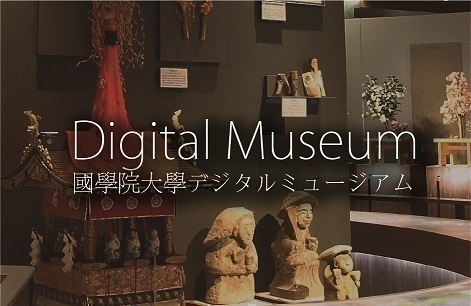- トップ
- Encyclopedia of Shinto
- Masuho Zankō
Encyclopedia of Shinto
| Main Menu: | |
| Links: |
詳細表示 (Complete Article)
| カテゴリー1: | 8. Schools, Groups, and Personalities |
|---|---|
| カテゴリー2: | Personalities |
| Title | Masuho Zankō |
| Text | (1655-1742) Shintoist of the mid-Edo period. His original lineage name was Takenaka, and he was given the posthumous name Monaka. He had the common names Yamato and Yamatai, and the epistolary names Taigyōō, Jisetsusai, and Chisoku Ippyōraku. Born in 1655 in Oita District in the province of Bungo (present-day Oita Prefecture), he was initially a Buddhist priest of the Pure Land (Jōdoshū) sect, but later took vows in the Nichiren sect and entered into training at the temple Yanaka Kan'ōji in Edo. Masuho departed from the temple, however, during the Genroku era (1688-1704), and traveled to Kyoto, where he turned to the study of Shinto. In 1715, upon returning to secular life in his sixty-first year, he composed the Endō tsugan (Penetrating Mirror into the Way of Sensuality). From this year up to 1719, he produced a series of texts that would make up what is known as the Zankō hachibusho, or Eight Works of Zankō. Masuho used these texts as the script for lectures on Shinto aimed at a popular audience (part of the Shintō kōshaku), for which he gained widespread fame. Representative of a genre known as "popular Shinto" (tsūzoku Shintō), his writings praise conjugal love between men and women in the most positive of terms, and claim this love as the axis of Shinto as the essential system of nature and the universe. Though he proclaims the unity of the teachings of Shinto, Confucianism, and Buddhism, as part of a combinatory tradition known as shinjubutsu itchi, he asserts that Shinto is the greatest of the three, and attacks Confucianism and Buddhism for their oppression of the conjugal union of the sexes. Masuho gathered disciples, including Hitomi Eiseki, who adopted his teachings, and was also able to spread his influence through the circulation of published sermons and tracts. He was primarily famous in the Kyoto and Osaka region, where he gained a considerable reputation, yet he received criticism from Shinto practitioners and scholars of National Learning (kokugaku) in other places, most notably in published texts such as the Zankō sarugutsuwa (A Gag to Silence Zankō). Masuho entered into Shinto studies with the Yoshida clan in 1719, and thereafter served as priest (kannushi) at the shrine Asahi Shinmeisha in Kyoto, a post that was subsequently inherited by his descendents. In 1731 he published an annotated edition of the "Divine Age" (jindai) chapters of Kojiki. He died in 1742 at the age of eighty-eight. He was the author of Hakusan engi (Origins of Hakusan), Iri wari awase kagami (Mirror of Chaos and Harmony Reconciled), Uzō muzō hokora sagashi (In Search of Small Shrines With and Without Images), Suguji no tokoyogusa (Notes on the Direct Path to the Eternal Land), Shinkoku kamabara (Purification of the Land of the Divinities), Tsurezure shinonome (Drifting Clouds of the Eastern Sky), Kamiji no tebikigusa (Informative Guide to the Path of the Deities), Shichifukujin denki (Chronicle of the Wisdom of the Seven Deities of Good Fortune) and Shinkoku Masuhogusa (Notes by Masuho on the Land of the Divinities), among other works. - Mori Mizue |




